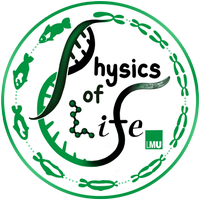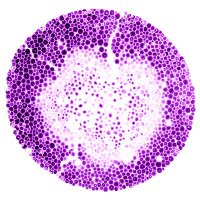
Cristian Villalobos
@c_villalobos_c
Physics PhD
ID: 1204149398600667136
09-12-2019 21:22:52
499 Tweet
138 Followers
726 Following




🚨 Article published in Physical Review Letters! We investigate how laminar-turbulent patterns emerge before tipping in shear flows. Using a minimal model, we show how fluctuations select pattern wavelength, leading to a saddle-loop bifurcation and solitary pulses: doi.org/10.1103/PhysRe…



New group article led by J. Fojo during his master in Soft Matter Royal Society of Chemistry, on 2D percolated networks of colloidal rods! This article forms part of the collection in honour of our collegue Stefan Egelhaaf. Thank to eveyone who made it possible! Centre de Recherche Paul Pascal


So happy to be joined to this amazing group!! Thanks Laura Alvarez

Scientists Cell Press reviewed 408 YouTube clips of sleeping cats and found 2/3 curled up on their left side. Here’s the neuroscience behind why:🧵 (Please watch their video abstract I put on the last post - it’s 100% worth it)




Interested in living/active matter? I will be giving a Royal Society of Chemistry "desktop seminar" webinar on August 5, describing our recent work studying bacterial growth in complex fluids, along with my friend & intellectual hero Kate Stebe (U. Penn)! Register at: rsc.zoom.us/webinar/regist….





Our latest paper, "Inferring activity from the flow field around active colloidal particles using deep learning", has been published in Journal of Fluid Mechanics doi.org/10.1017/jfm.20…




